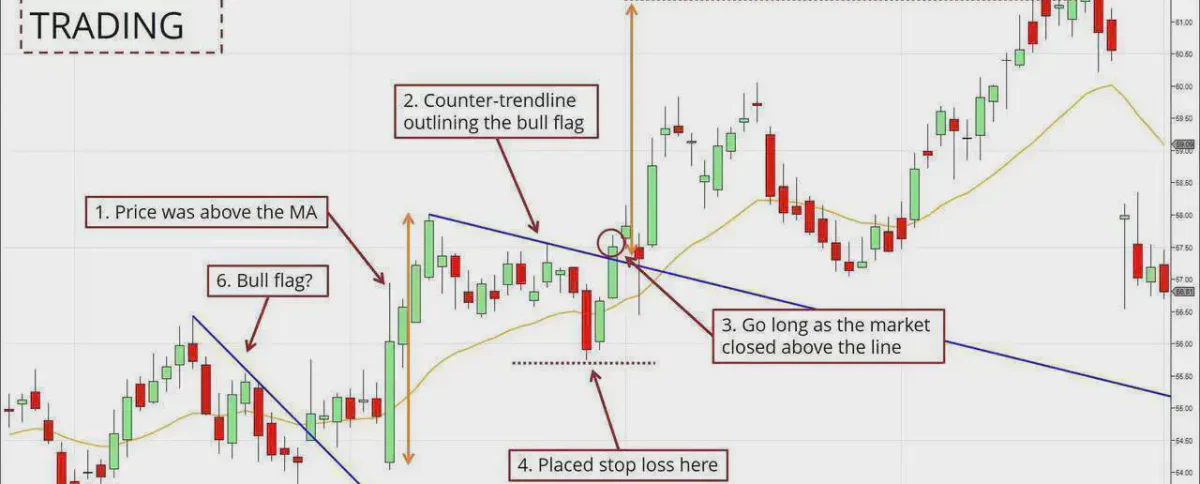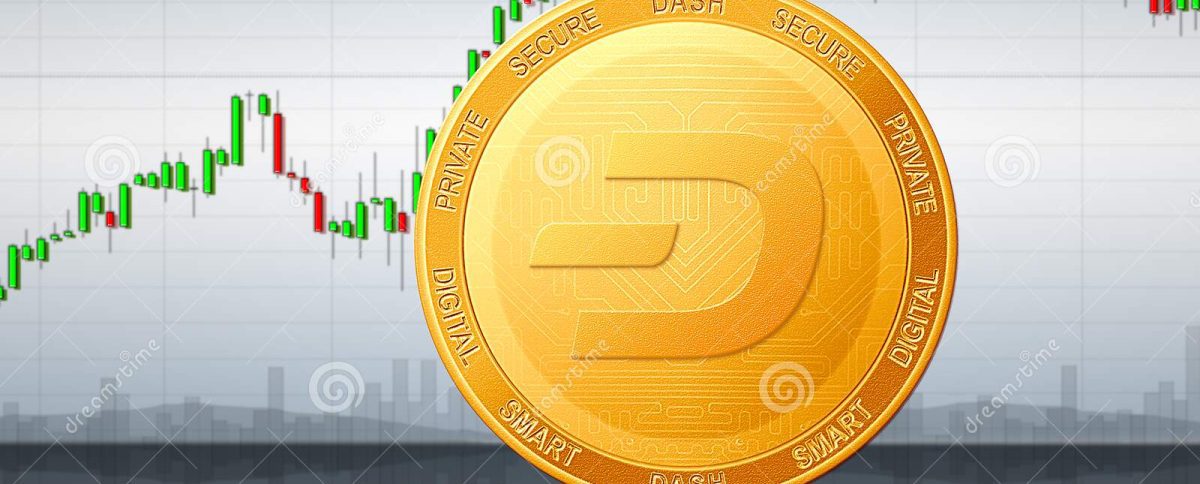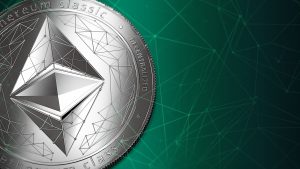
Bull Flag The Bull Flag is a technical standard that provides the right entry to participate in a strong promotion. Many professional traders use this trend to find the best place to trade. It is important to note that bullish flag patterns are good for cryptocurrency market conditions because of the powerful patterns that sophisticated traders can benefit from. Whether you want to use this standard pattern for day …

Peercoin Peercoin is an altcoin. Altcoin is a cryptocurrency that is not bitcoin. Altcoins often present themselves as a better alternative to Bitcoin; Peercoin is the first altcoin to target Bitcoin’s high energy consumption problem. In addition to energy efficiency, Peercoin developers aim to provide high security. The Bitcoin system requires miners to solve complex mathematical problems to support transactions on the blockchain. The first miner to solve a given …

DashCoin Dash (formerly known as Darkcoin and XCoin) is an open-source peer-to-peer cryptocurrency with an independent forum. It offers direct transactions, private transactions and independent processing systems. Dash was originally a fork of the Bitcoin software but is now called an altcoin. Dash’s self-sustaining, self-organized system is known as the Treasury System. The global network of masternodes vote on the Dash upgrade …

Dogecoin Dogecoin (DOGE) was created as a lightweight alternative to traditional cryptocurrencies like Bitcoin in 2013. The Shiba Inu name and logo are based on a meme. Unlike Bitcoin, which is designed to be rare, Dogecoin is intentionally rich – with 10,000 new coins being mined every minute and no supply limit. For most of its existence, Dogecoin …
Digital Currency Digital currencies are processed using a complex process called “mining”. Crypto mining requires mathematical skills to solve many mathematical problems in order to eventually create what we call coins. What makes digital Currency? Each unit of digital currency is controlled by computer code. This includes the amount of money that can be generated, how to store data and record transactions, and the distribution of mining fees. As with any …

Ethereum Classic One of the characteristics of cryptocurrencies is that they run on open source software. With open source software, the community develops and collaborates to maintain the code. It is shared publicly and is not owned by a single person or company. Compare this philosophy with the approach of Big Data giants like Google or Facebook, which create proprietary code that cannot be shared …

At its core, Ethereum is a global software platform powered by blockchain technology. It is best known for its native cryptocurrency, Ether (ETH). Anyone can use Ethereum to create any secure digital technology. It has tokens designed to pay for services performed in support of the blockchain, but participants can also use it to pay for tangible goods and services …

Litecoin Litecoin was created by former Google engineer Charlie Lee and is one of the first “altcoins” – the name given to cryptocurrencies other than Bitcoin (and sometimes others other than Ethereum). “Litecoin is the second oldest cryptocurrency, which was replaced by Bitcoin in 2011,” says Jay Blaskey, digital currency expert at BitIRA. “It was designed to be used for quick, secure and affordable payments.” Think of it as bitcoin going …

Bitcoins Bitcoin is the first and most popular cryptocurrency. It helps peer-to-peer value exchange in the digital domain by using decentralized systems, cryptography, and methods to achieve global consensus on the status of public ledgers that are updated periodically. called “blockchain”. Clearly, Bitcoin is a form of digital currency that (1) exists independently of any government, state or financial institution, (2) can be transferred worldwide without the need for an intermediary and (3) ) has …

